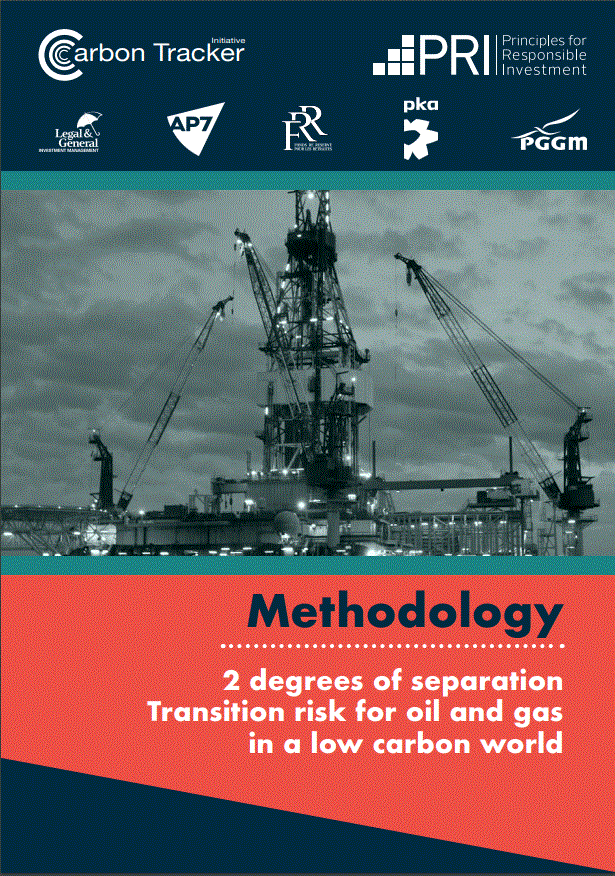Aoife McCarthy
Aoife is a passionate ESG and climate risk advocate. After graduating with a double degree from the University of Technology, Sydney she moved to the Netherlands to pursue a career in corporate sustainability.
PROFILE
Building expertise both in the real estate industry at CBRE and in financial services, she now works as an Analyst at Sustainalytics within the Sustainable Financial Services team, specializing in green, social and sustainability bonds. After studying Human Security at the United Nations mandated University for Peace in Costa Rica, Aoife’s interest in ESG materialised. She then graduated with a double degree (BBusiness and International Studies) from the University of Technology, Sydney. Aoife begun her career in corporate sustainability working at the Investor Group on Climate Change (IGCC) before moving to the Netherlands to work as an Analyst in Sustainable Finance.



